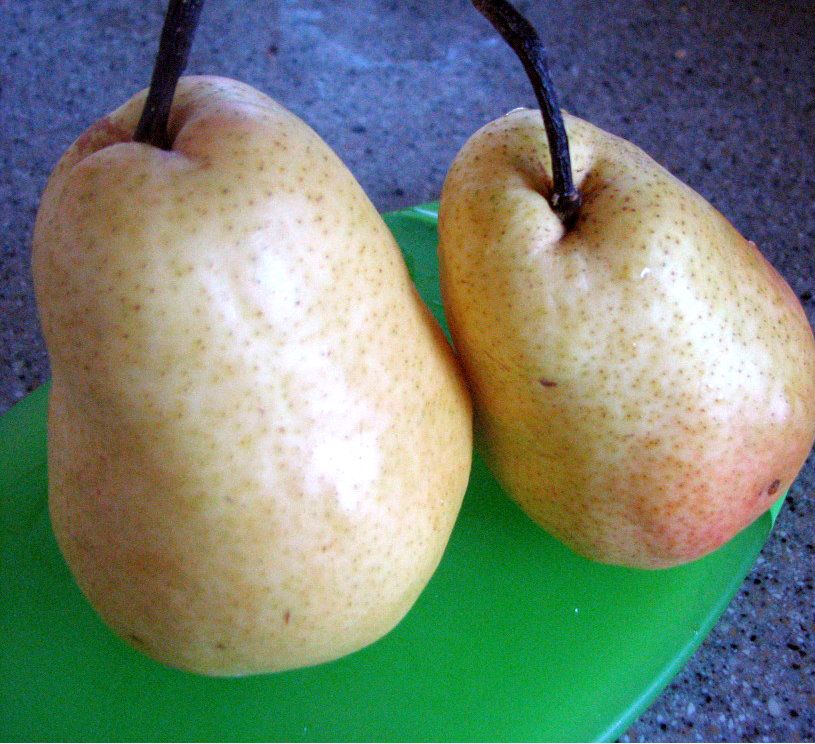How many times in a day do we touch something that’s alive? I can think of plenty of non-alive things we come in contact with: the steering wheel of a car, packaging for a breakfast bar, computer keyboard, coffee machine, coffee cup, gym equipment, machine-made microwaveable lunch, elevator buttons, chairs, clothing, silverware, plates, portable electronic devices. . . .

When there’s talk about “feeling disconnected,” I think this is what’s meant. We’re in constant contact with things that don’t reverberate life back to us. It’s kind of like an electrical circuit that doesn’t complete its loop. The lights go dim. They make do by running off battery, but as that runs low, we get to feeling pretty low.
It’s hard to even think of opportunities when we could touch actual living things and remedy this disconnect. I can think of a few:
hugging somebody (maybe that’s why we love to be hugged)
laying on the grass and watching the clouds (maybe that’s why kids love playing outdoors)
hiking in nature (maybe that’s why we love getting away for a weekend)
working with plants (maybe that’s why people get completely addicted to gardening, like me)
And then there’s food–especially fruits and vegetables. Interestingly, they are still very much alive, even after they’re picked. Of course the experts are correct that we need to eat them since they provide vital nutrients for the proper functioning of our bodies. But what if, just as importantly, we need to touch them, wash them, cut them and create delicious meals with them, because they connect us to a circuitry of aliveness that regenerates our lights?

1 thought on “Aliveness and the Human Circuitry”